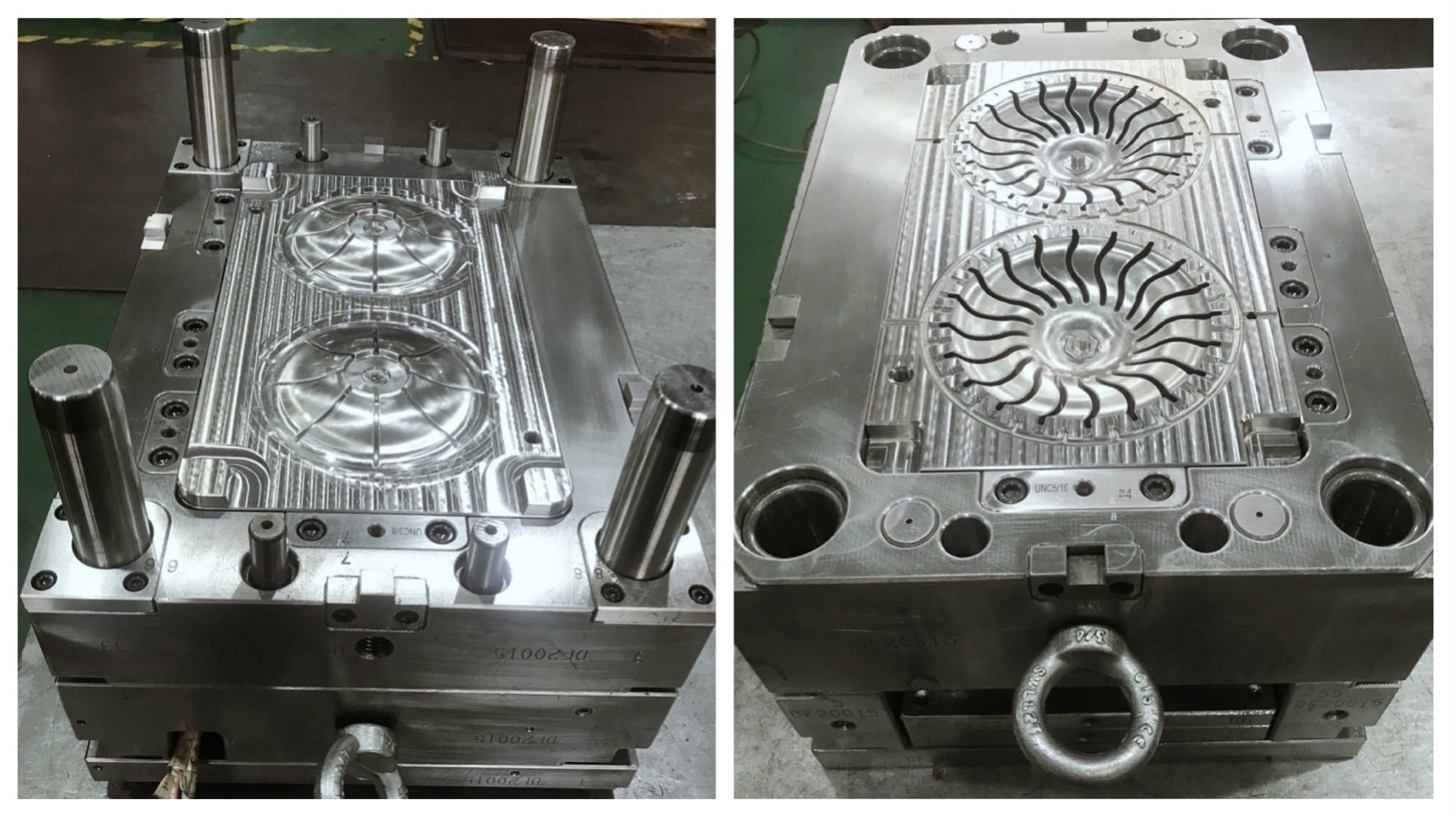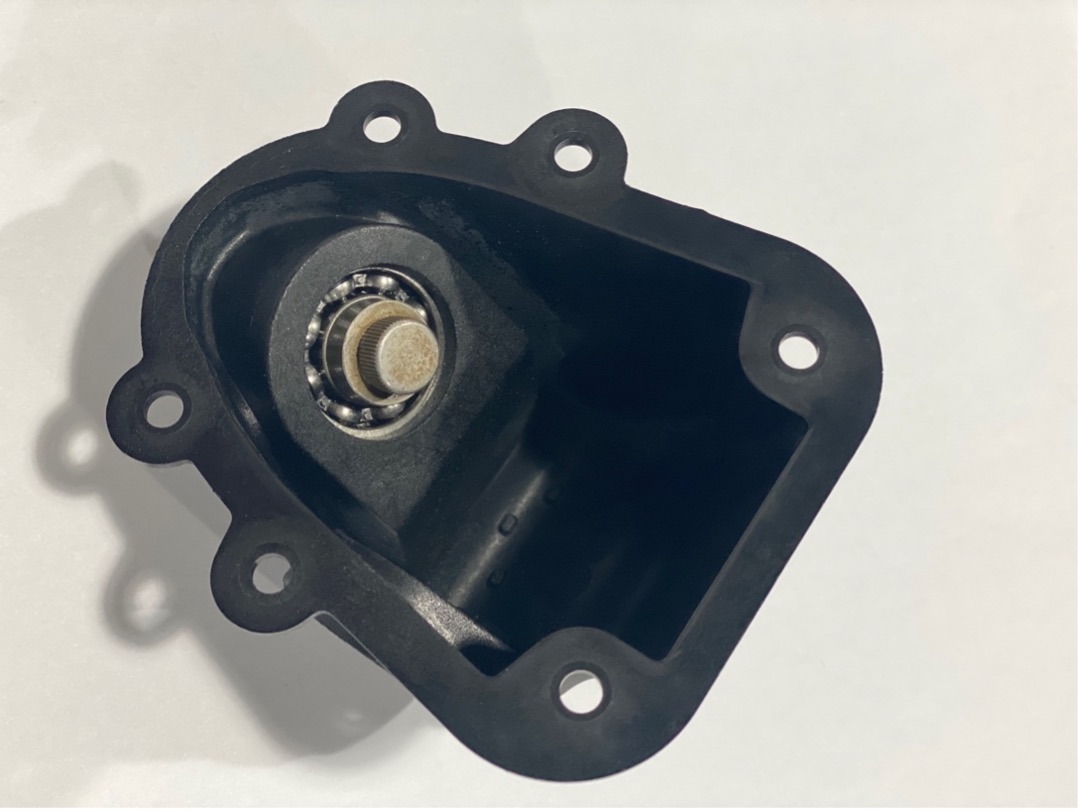Injection Mold Maker in China That Wins Customers
Why are plastic injection moldings important today?
Injection mold maker in China can produce different products common in our daily lives in objects such as remote controls, appliances, children’s toys, etc.! But have you ever wondered how the plastic injection molding process is carried out? Now we will answer your question!
Molding performs using a molten material, which can be glass, metal, rubber, plastic, etc. A mold fills with this material under pressure and then cools, thus causing plastic molding.
In this article, we are going to talk about plastic injection molding, so the common molten material is plastic resin.

History of the first injection mold maker in China
The first plastic injection moldings were carried out in the early 1870s, producing billiard balls. Later, this technologically advanced and the new product could be developed.
This process involves different elements of our daily lives. Plastic injection molding produces from cups and children’s toys to military and automotive products. To know everything about this subject, follow our article!
How does injection molding work?
As stated earlier, this process uses a molten material to create the molds. In the case of plastic injection molding, the plastic resin is common, which is initially melted until it reaches the molten state.
The raw material is pulled into the machine through a hopper, using gravity to feed the material. Afterward, the material passes into a cylinder until it reaches the heater so that it leaves the solid-state for the melt.
Soon after, the material is injected through a nozzle under pressure, which directs it to the mold, which is subjected to high pressure, and from there, the material cools to hard.
When hardened, the part removes from the mold. This process takes about a minute or less.
What are the main plastics common?
For many injection mold makers in China thermoplastics are the main ones common in this process. They melt easily at high temperatures and can be reheated more times.
In addition, they have properties that allow the use of chemical additives that change color and can color with glitter.
Discover the main common thermoplastics
Nylon: It is one of the main resins common for the manufacture of fabrics, food packaging, and automotive parts.
Polypropylene (PP): It is one of the main ones common all over the world. It has outstanding characteristics such as chemical resistance, flexibility, and insulation.
Acrylonitrile Butadiene Styrene (ABS): It is commonly common for applications that require a tough exterior and thermal stability. It is the thermoplastic that has the lowest cost.
HIPS (High Impact Polystyrene): Thermoplastic with high impact resistance and stability, generally common for signage. It can glue and can also receive the addition of products to change the final aesthetic, in addition to having low cost.
Polycarbonate: It is an alternative that has resistance and lower cost. It is naturally transparent, which allows its use in bulletproof glass and medical use, such as test tubes, beakers, and pipettes.
What problems can you face in plastic injection?
We know that in any process, there are certain disadvantages in not choosing the injection mold maker in China who really has a well-structured process. Now please see more info below:
- The initial cost can be high, so the importance of looking for partners who advise you on ways to reduce the costs of your molds.
- In order for precision and quality in the final result, it is important that you find the best specialists, as it is essential for the final appearance to be as expected in prototyping.
- Injection moldings can take longer lead time than other processes.
- Revisions in injection molds may not be easy to perform, as some details of the finished part may be modular, making changes impossible.
- An overhaul may require the creation of a new mold, which can jeopardize the project, incurring additional costs.
What are the main advantages?
Now that you know some disadvantages of this process, know the main advantages of plastic injection:
- Production in high quantity with an excellent cost-benefit. The implementation will be the biggest investment; however, the manufacture of the parts is carried out with greater optimization and quality. It can be dimensioned according to the needs of each client.
- Injection mold produces a low amount of waste, which contributes significantly to the environment.
- It has the possibility of using thousands of different resins, which have strength, quality, and durability.
- Consistency in products, if you need to produce the same part for a long time, injection molding allows for consistent repeatability – in addition to offering an automated and optimized process.
The repeatability of the idealized product
Injection molds are tools that aim to produce compact plastic parts, whether in thermoplastic or thermoset materials. They are good at large-scale production in order to guarantee the repeatability of the idealized product. Injection mold‘s structure allows the construction of one or several cavities, which will define the number of pieces per hour associated with the cycle time.

The greater the number of cavities and the shorter the production time of the products, the greater the production, thus it reduces their cost.
The cavity is the negative part of the mold
It is what gives the molded product its external shape. Its main function is to form the external (visible) part of the part, together with the core. It is the most important part of the mold. The cavities come of excellent quality steel. They are P-20 (benefited steel), H-13 quenched, and tempered with hardness between 48-50 HRc.
Male Cavity
The core is the positive part of the injection molds, with the function of forming the inner part of the product. The molded product has holes or slots normal to the injection direction, these shapes model on the core. The taps, like the cavities, come with the above-mentioned excellent quality steel.
Modern Plastic, Cavities extracted from the software by the students of the 3D Mold Design course.
- Green: Matrix cavity
- Blue: Product
- Red: male cavity
Conclusion
In the male cavity, there must be extraction angles (product exit angle). The existence of this angle is of utmost importance. Hence, it is possible to release the product inside the cavity and also around the core. The software specialized in mold design has and provides tools for the analysis and rapid creation of this draft angle.

